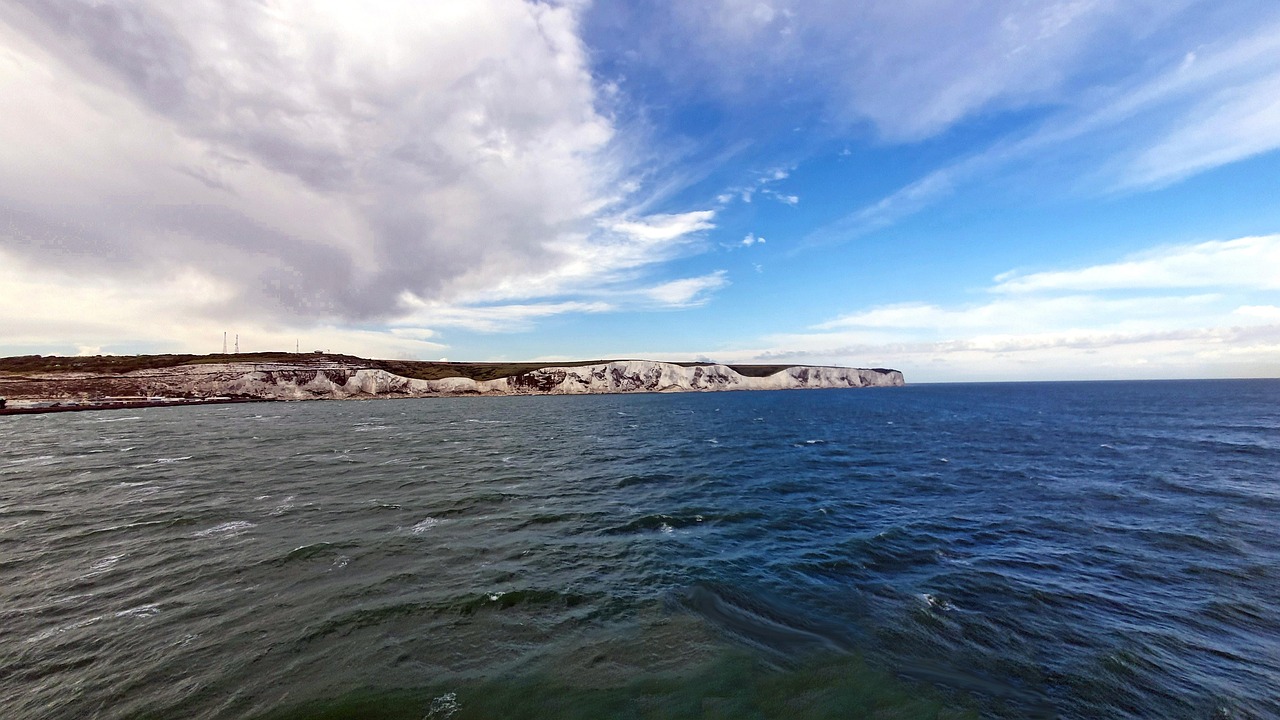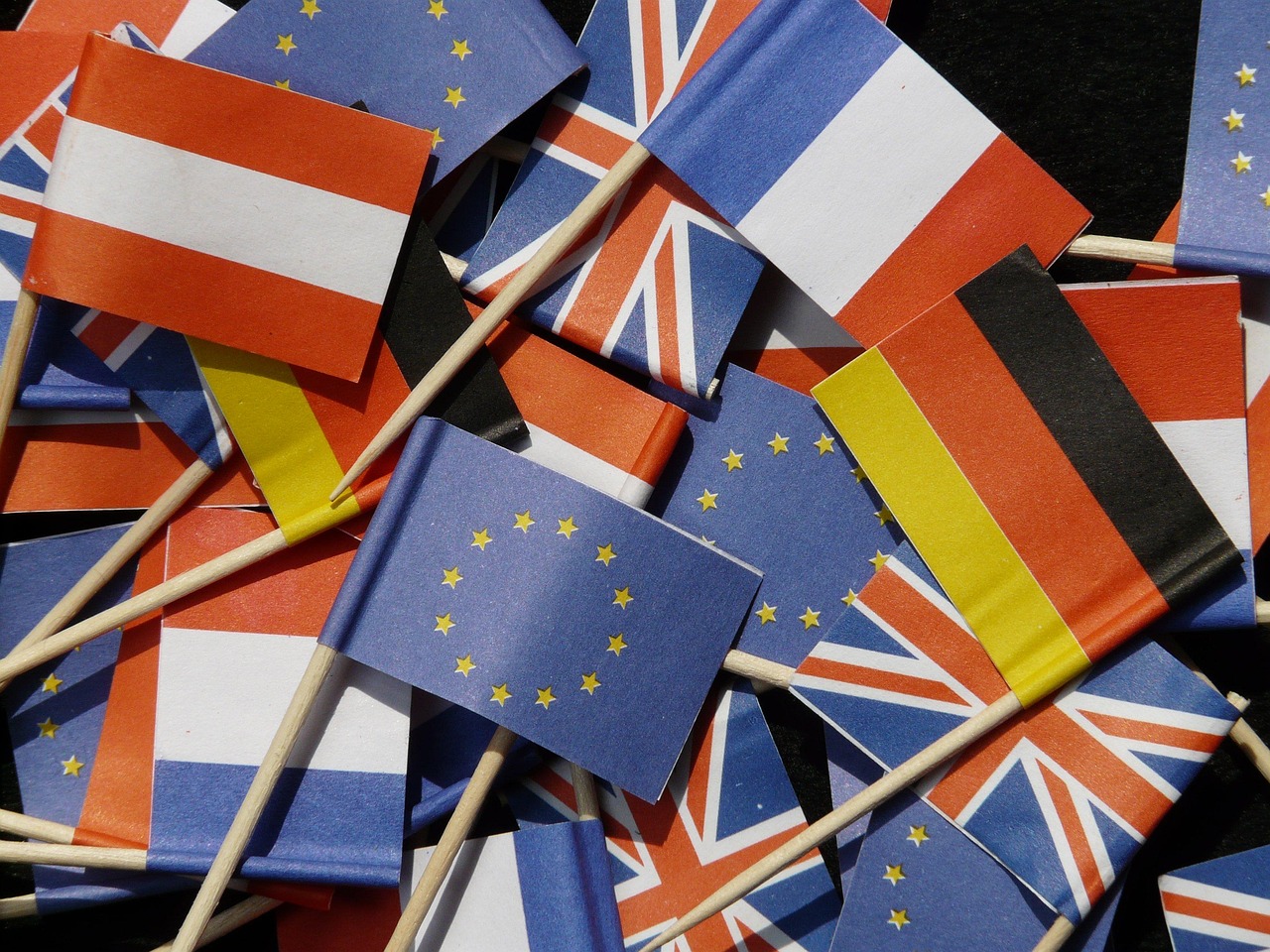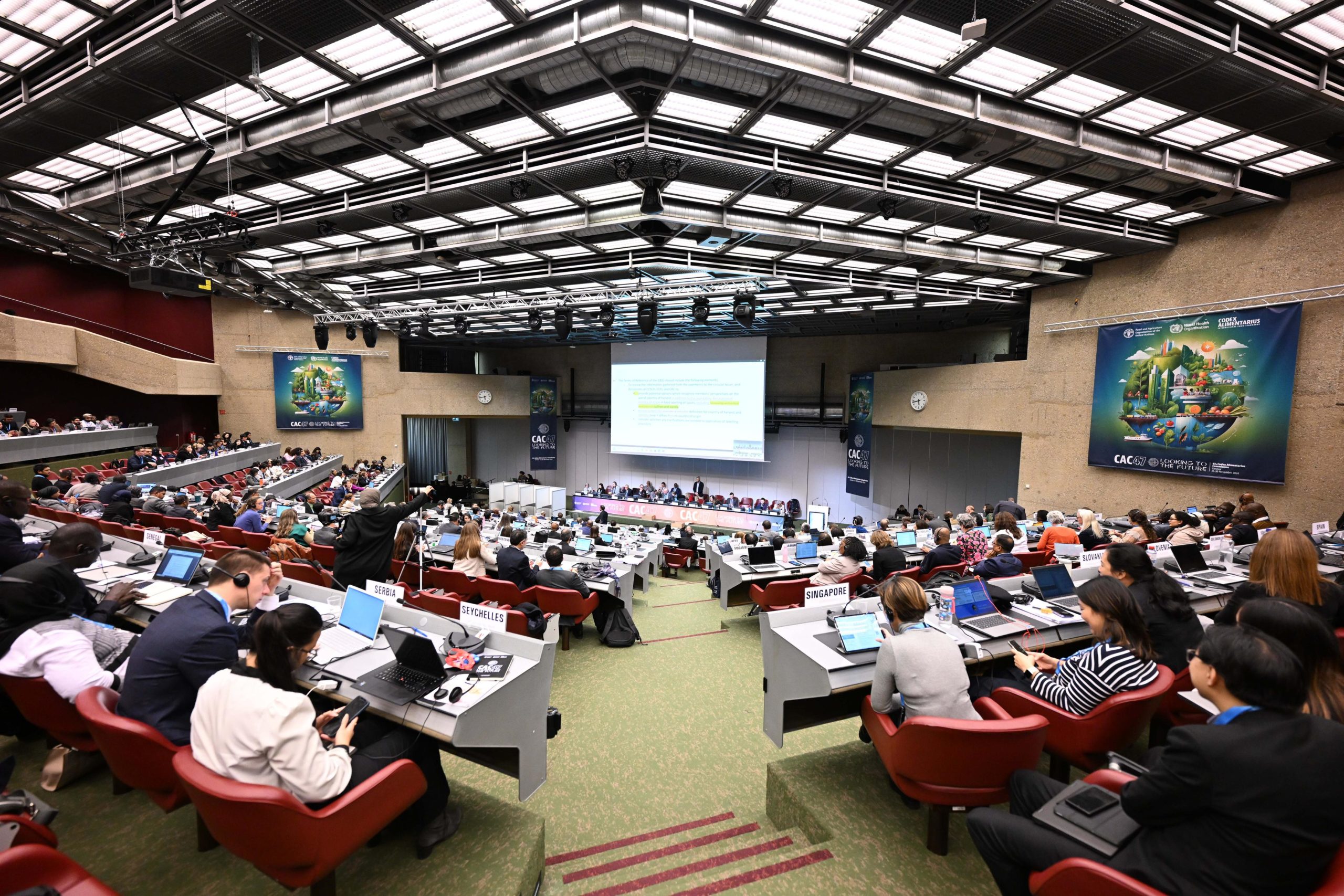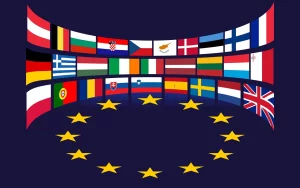That is the time Donald Trump now gives Hamas to accept his peace plan for the Palestinian enclave, following his White House meeting with the Israeli prime minister and after securing support from parts of Israel’s political class — even some opposition figures — as well as from Arab countries and Europeans.
On 29 September in Washington, the U.S. president re-entered international negotiations with force, just days before the grim second anniversary of the Islamist attacks on the Israeli state that left more than 1,200 dead and some 200 taken hostage. He returned to the scene despite struggles on the Russia–Ukraine dossier and while still clinging to the hope of winning the Nobel Peace Prize in October for his efforts.
Faced with Prime Minister Benjamin Netanyahu, Donald Trump laid out the broad contours of his “peace plan” for the Middle East, which he wants to impose before 7 October — the symbolic date marking two years of war between Israel and Gaza. The plan reprises many older proposals, incorporates recent European and Saudi suggestions, and hardens them with a simple demand: Hamas must immediately release all hostages in exchange for a ceasefire and a commitment to rebuild Gaza. At the same time, the plan appears to scale back the contested grandiose “riviera” project for Gaza built atop the territory’s ruins, and to abandon — at least for now — any plan for mass expulsions of Palestinians to neighboring or more distant countries.
The Washington staging was deliberate. Surrounded by advisers, Trump rolled out a scenario he wants to make definitive. Israel’s reception was enthusiastic. Netanyahu, desperate to survive politically, knows this plan may be his only honorable exit: a ceasefire validated by moderate Arab states, Europeans and even parts of the Israeli opposition ready to back him if the far-right factions in his coalition walk away. For the first time in a long while, an international initiative seems to be gathering near unanimity. Washington, Paris, Riyadh, Brussels — all want to close the cycle of violence and secure Netanyahu’s signature. In recent days, the U.S. president has even pledged, should an agreement be signed, to offer “Bibi” a presidential pardon in the long-running legal cases that have pursued him for years, so that he can remain in office and close this chapter ahead of the next elections.
The weak link remains Hamas, whose response everyone now awaits. Netanyahu was forced by Trump to apologize to Qatar for the strikes on Doha in September, since Qatar is currently the only mediator able to reach the Islamist organization. Everything therefore hinges on Doha; it would have been impossible to proceed otherwise. For Hamas, survival now rests on its last bargaining chip: the release of the hostages it still holds. The movement knows it is vulnerable without that leverage — but what future can it realistically expect even if it keeps fighting? None. Will it accept concessions to save what remains of Gaza and avoid its final erasure? Nothing is certain. Israel has likely produced a generation of young Gazans ready to take up the torch and, tragically, to seek revenge at some point for the horrors they have endured and the deaths of loved ones. On the ground the sands remain shifting: reports speak of a very gradual Israeli withdrawal from Gaza, contrary to the original plan, while the Islamist organization demands a total pullout before any talks. Trump is playing all his chips, issuing an ultimatum and determined to end this war in the coming days, ready to accept a failure that would bury any chance of peace for a long time. The bet is risky: without a quick gesture from Hamas, the window of opportunity will close and the war will resume with renewed intensity. Netanyahu has promised: he will finish the job.
Beyond the short term, Gaza’s future is at stake. Trump’s plan provides not only for an end to the bombardments but also for the deployment of an international interposition force — a UN-style peace operation without the United Nations, entrusted to a coalition of Arab and Western countries. To govern the enclave, one name has resurfaced: Tony Blair, former British prime minister, reportedly considered to lead an international civilian authority for three years — a choice still deeply unpopular across much of the Arab world given his role in the 2003 Iraq invasion. The Palestinians themselves were not given a real say in this plan. While the Palestinian Authority is supposed to reform — which might be overdue — it is not expected to administer Gaza in the near term. Their consolation prize, should the plan succeed: remaining on their land, avoiding expulsion, and seeing a less murderous horizon emerge. In exchange, they would have to accept an international trusteeship, a compromise presented as the only alternative to total destruction.
The big question remains: can peace be born of an ultimatum and a diplomatic bargain imposed from the outside? Gaza sits at the center of all ambitions and calculations and still awaits an answer. But one thing is certain: at present, the only actor who can propose a solution and try to impose it is Donald Trump. Short-term fix or durable settlement? In the Holy Land, only God knows. But if Hamas refuses, the U.S. president has warned that the organization “will atone in hell.”





